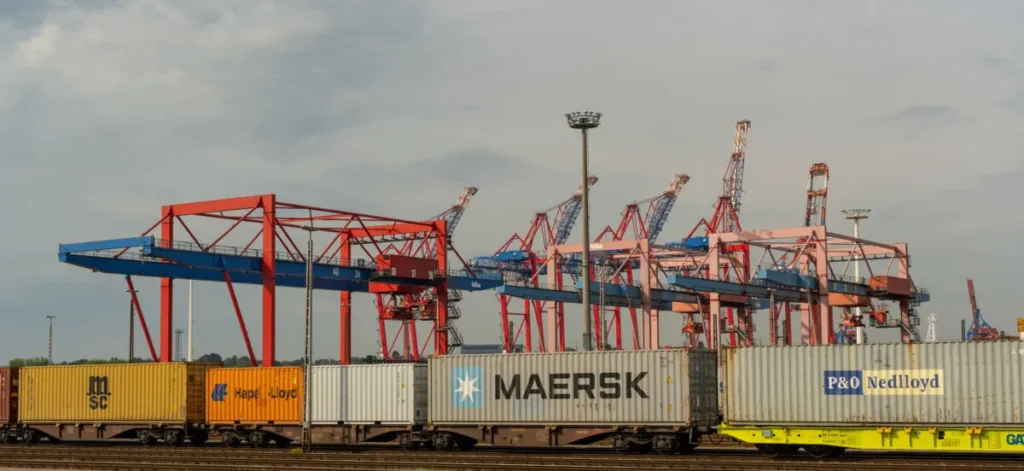The decision follows an extensive review of ports and terminals in both companies’ networks, aimed at optimising reliability, reach, and speed while simplifying operations with fewer port calls and mostly single-operator loops.
The network changes align with the transition from the current 2M cooperation to the Gemini network and reflect the companies’ efforts to meet customer demands with enhanced efficiency.
According to Maersk, additional details regarding intermodal, logistics, and feeder services will be communicated in the coming weeks. Other trade routes, including Middle East–Europe services via London Gateway and Trans-Atlantic services through Southampton, remain unchanged.
Felixstowe will no longer be part of the Gemini network following the transition.
Further updates on feeder and outport coverage will be shared with customers as the network takes shape.
The Gemini Cooperation is a long-term operational collaboration between Maersk and Hapag-Lloyd, set to launch in February 2025. It will involve a fleet of approximately 290 vessels with a combined capacity of 3.4 million TEU (twenty-foot equivalent units), of which Maersk and 40% by Hapag-Lloyd will contribute 60%.
The initiative aims to create a flexible and interconnected ocean network with industry-leading reliability, targeting a schedule reliability rate of over 90%. Covering seven major trade routes, including Asia–Europe and Transatlantic services, Gemini will offer 26 mainline services complemented by shuttle services connecting transhipment hubs globally.
Both companies will retain the flexibility to operate independently outside the Gemini framework to meet additional customer demands.









